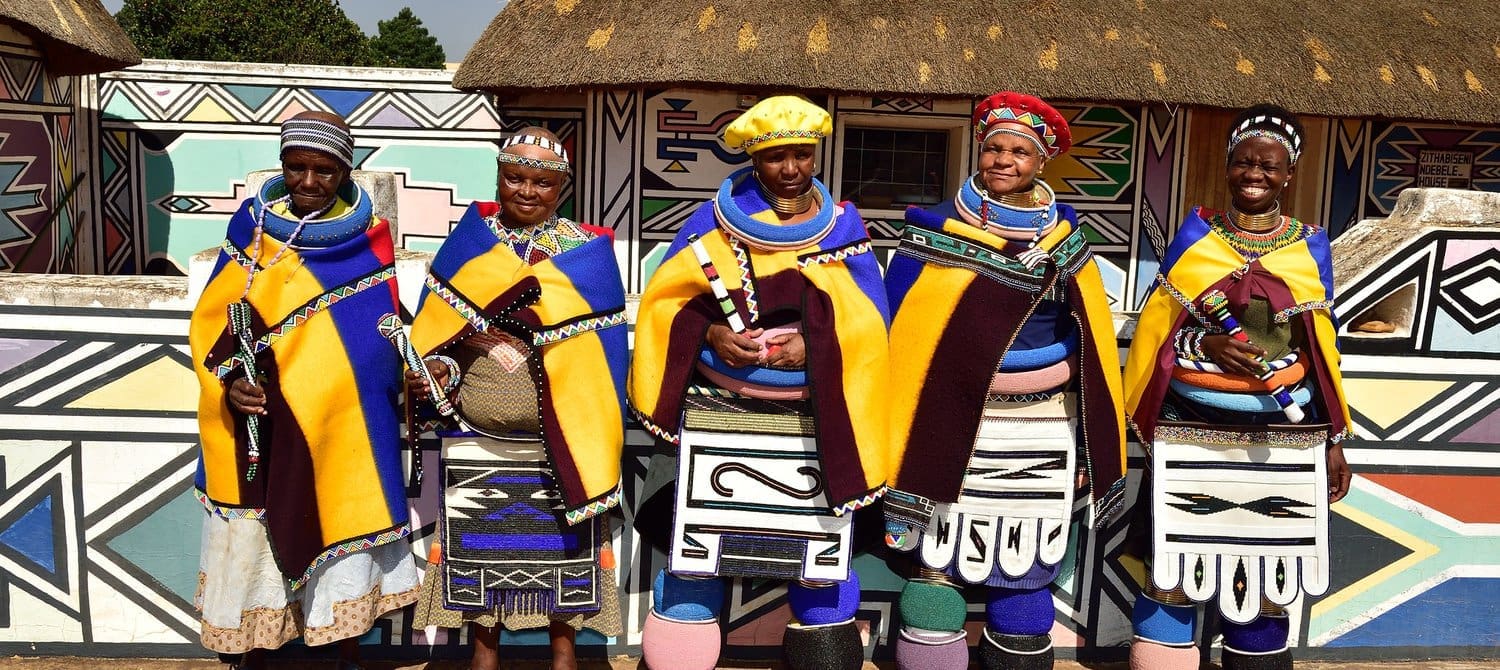Most countries have one or two official languages, but South Africa has 11 official languages! What’s more incredible is that many South Africans are fluent in at least two of the eleven languages. For a large part of South Africa’s history, the official languages were Dutch, English, and Afrikaans.
The native African languages were ignored despite the fact that they were spoken by at least 80% of the population. Finally, in 1996, South Africa decided to protect these languages in their new Constitution. There are more languages that exist in South Africa, but the 11 major ones are the only ones protected currently.
The 11 official languages of South Africa are: Sesotho sa Leboa, Sesotho, Setswana, siSwati, Tshivenda, Xitsonga, Afrikaans, English, isiNdebele, isiXhosa and isiZulu. Some of the names of these languages vary by region, so you may see them by a different name in other sources. Now let’s dive into each language, and learn more about them.
The 11 Official Languages of South Africa
Sesotho sa Leboa (Sepedi)
In 1993, the language was first named Sesotho sa Leboa, but it was later changed to Sepedi in 1996. To this day, there continues to be much debate on which name to use, but most go with Sesotho sa Leboa. Sepedi is regarded as more of a dialect of Sesotho sa Leboa.
It is spoken by about 9.1% of the total population, making it the third most spoken African language in South Africa. Most of the population that speaks Sesotho sa Leboa resides in Limpopo. You can also find some people speaking it in parts of Botswana. Sesotho sa Leboa is a part of the Bantu group, so it is linked to the Setswana and Sesotho languages.
Sesotho
Similar to Sesotho sa Leboa, Sesotho is part of the Sotho languages. It is also part of the Bantu language group, so it can be found in other countries outside of South Africa like Botswana, Lesotho, Zambia, and Namibia.
Around 7.6% of South Africa’s population speaks Sesotho as their first language, and a majority of them live in the Free State province. What is quite interesting about Sesotho, is that Southern Sesotho is actually one of the official languages of Lesotho. Scholars believe that the written Sesotho language was originally based on the Tlokwa dialect, but is now based on the Kwena and Fokeng dialects.

The language itself is quite unique in its pronunciation, which is difficult to describe in words. It has more vowels than most other languages, and has consonants that include semi-vowels. Although it sounds complicated, it is a beautiful language with many nuances that make it fascinating to listen to and learn.
Setswana
Setswana, also referred to as Tswana, is predominantly spoken in the North West region of South Africa, near the border with Botswana. This language is a member of the Bantu family and forms part of the trio known as the Sotho languages.
Approximately 8% of South Africa’s population uses Setswana as their first language. The majority of these speakers reside in the North West province, though significant numbers are also found in Gauteng and the Northern Cape. In addition, Setswana holds the status of a national language in Botswana, where around 70% of the population speaks it.
While there is some contention, Setswana is often regarded as the earliest Sotho language to be written down. The earliest documented publication in Setswana is believed to be Heinrich Lichtenstein’s “Upon the Language of the Beetjuana,” released in 1806. Although there might have been earlier written materials, this publication is noted as the first to be officially published.
siSwati
Although a majority of people in Mpumalanga speak siSwati, only 2.5% of the overall South African population speak it as their primary language. It is part of the Nguni language group along with isiNdebele, isiXhosa and isiZulu.
SiSwati is not only spoken in South Africa, though. Its bordering country, Swaziland, speaks it as well and it is an official language there. The written language uses the Latin alphabet, but keeps the typical Nguni language spelling conventions. Despite being the 3rd smallest language spoken in South Africa, it has numerous dialects like the Baca and Phuthi to name a few.
Tshivenda
Tshivenda is quite the unique language. Although it’s related to Niger languages, it is also linked to the Bantu language. Many that speak Tshivenda are linked to a royal bloodline, and have to follow strict traditions. About 2.4% of South Africa’s population speak Tshivenda, and a majority live in the northeast part of Limpopo.

Similar to many other South African languages, there are multiple names for the language. You may hear Tshivenda referred to as Luvenda or Venda, depending on who you ask. The written Tshivenda language uses the Latin alphabet, but adds five accented letters.
Xitsonga
In the northeast region of South Africa, you can find many of the population speaking Xitsonga. The language is one of the few that is part of the Tswa-Ronga group, while many others fall into the Nguni category.
Though it is not the least spoken language, it is one of the minority languages in South Africa. About 4.5% of South Africa’s population speaks Xitsonga, but as the country borders Mozambique, many in Mozambique also speak this language.
Afrikaans
Afrikaans emerged from the Dutch dialect introduced to South Africa during Dutch colonization. It wasn’t recognized as an official language until 1925, though it was retroactively accorded this status starting from 1910. Today, Afrikaans is spoken by approximately 13.5% of South Africa’s population, particularly in the Northern Cape region.
While Afrikaans and Dutch exhibit notable differences in pronunciation and grammatical structures, they share a significant portion of their vocabulary. Afrikaans has also made its mark on the English language, contributing terms such as “aardvark,” which is borrowed directly from Afrikaans.
English
Both the Dutch and the British played significant roles in colonizing various parts of South Africa, introducing the English language to the region. By 1910, South Africa had recognized both Dutch and English as its official languages. Although Dutch has since been replaced as an official language, English continues to hold its status. Predominantly used in urban areas, English also prevails in official domains such as government and media.
Despite its widespread use in public life, only 9.6% of South Africa’s population speaks English as their first language, with the majority residing in Gauteng. While English might not be the primary language spoken at home for many, it is a language spoken by a large portion of the population. South Africa has developed its own unique English dialects and slang over time. For example, what is known as a “pick-up truck” in other countries is referred to as a “bakkie” in South Africa. When visiting, paying attention to these linguistic idiosyncrasies can enrich your experience.
isiNdebele
Out of the 11 languages spoken in South Africa, isiNdebele is the least spoken with only about 2% of the population claiming it as their first language. Most of the speakers of isiNdebele live in Mpumalanga and Gauteng.
It may be least spoken language is South Africa, but isiNdebele, also known as Southern Ndebele, is a main language in Zimbabwe. The language is spoken slightly differently between the two nations, but for the most part is quite similar. There are also small groups of people that speak isiNdebele in parts of Botswana. The groups that speak isiNdebele are known for their beautiful beadwork, colorful homes, and artistic expertise.

isiXhosa
IsiXhosa is the second most spoken first-language in South Africa, with around 16% of the total population speaking it. This may be due to the fact that the Xhosa people are one of the major cultural groups in South Africa. It is mostly spoken in the Eastern Cape, but it has been influenced by many surrounding languages.
Though it is part of the Nguni language group, it appears to have some influence from the Khoekhoe languages as well. There are even some words in isiXhosa that come from Afrikaans and English. One of the defining characteristics of isiXhosa is the click sounds used when speaking. There are 15 click sounds, but the main three are on the letters Q, C, and X. These clicking sounds originated from the San and Khoi Khoi languages.
isiXhosa has been widely publicized of late, as a version of the language was used in the Marvel film Black Panther.
isiZulu
Last, but definitely not least, isiZulu is the most spoken first language of South Africa. About a quarter of South Africa’s population speaks isiZulu as their primary language. Much of South Africa’s population choose to learn isiZulu as their second language as it is so widely used in the country.
It is part of the Nguni language group along with isiXhosa, siSwati, and isiNdebele. Similar to other languages on this list, the written form of isiZulu uses the Latin alphabet. Since so many South Africans speak isiZulu, it is generally regarded as the main language of the country.
South Africa’s long and rich history can be seen in its long list of official languages. Though the country has 11 official languages, there are many other dialects and lesser known languages that aren’t yet acknowledged in South Africa’s constitution. As time goes on and globalization continues, it will be interesting to see how these languages change and grow. Who knows? Maybe more languages will be added to the list!
